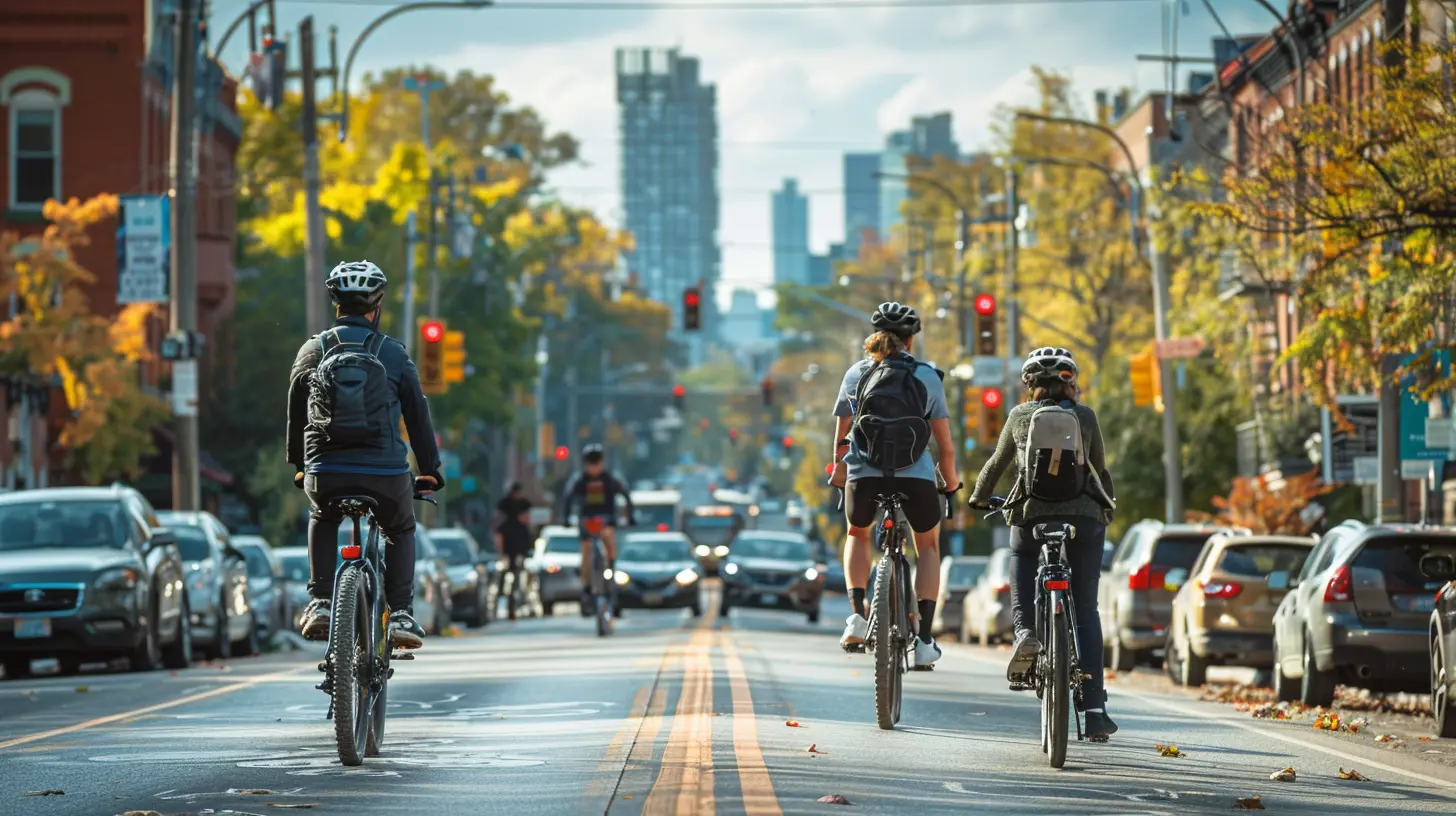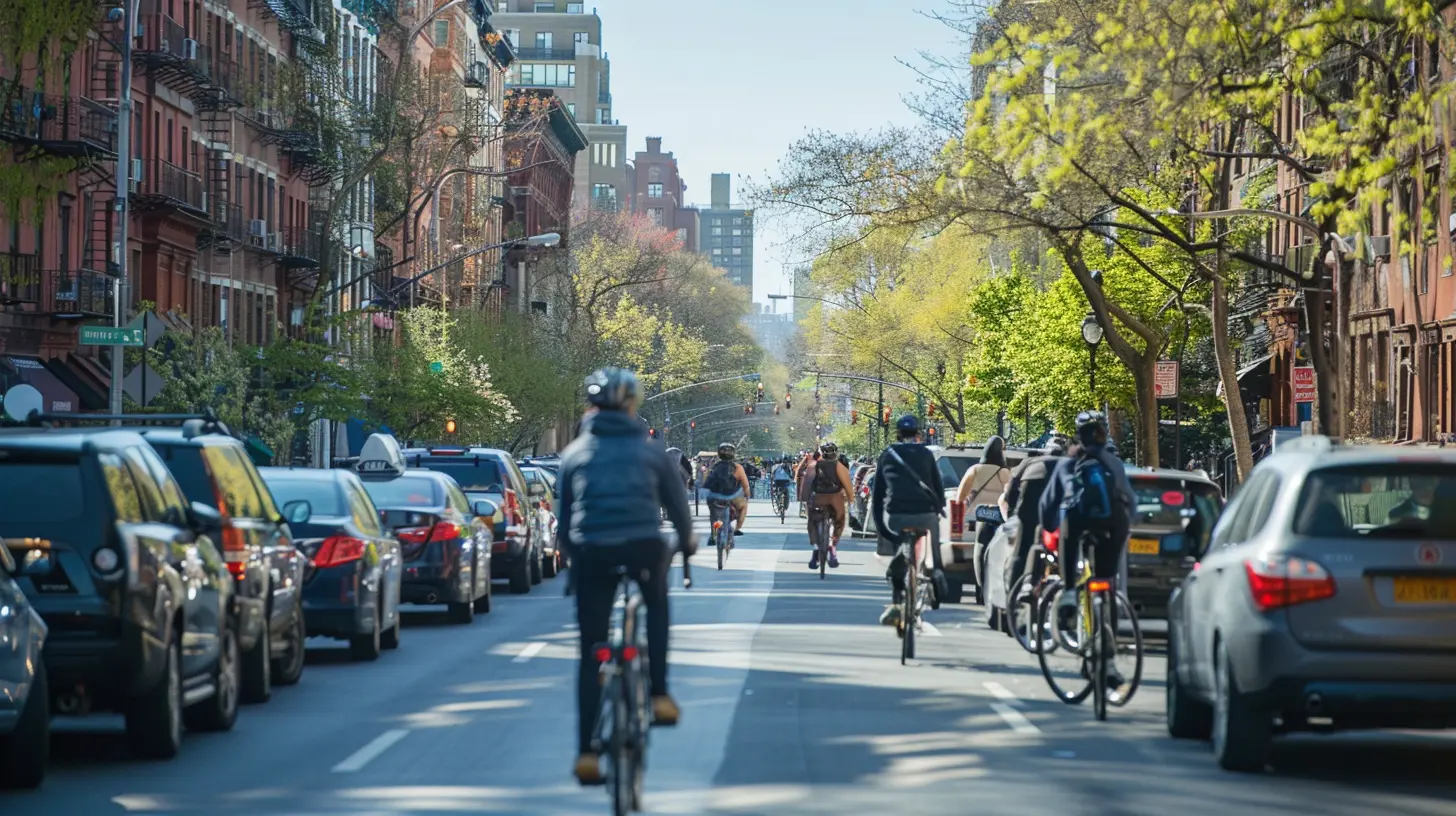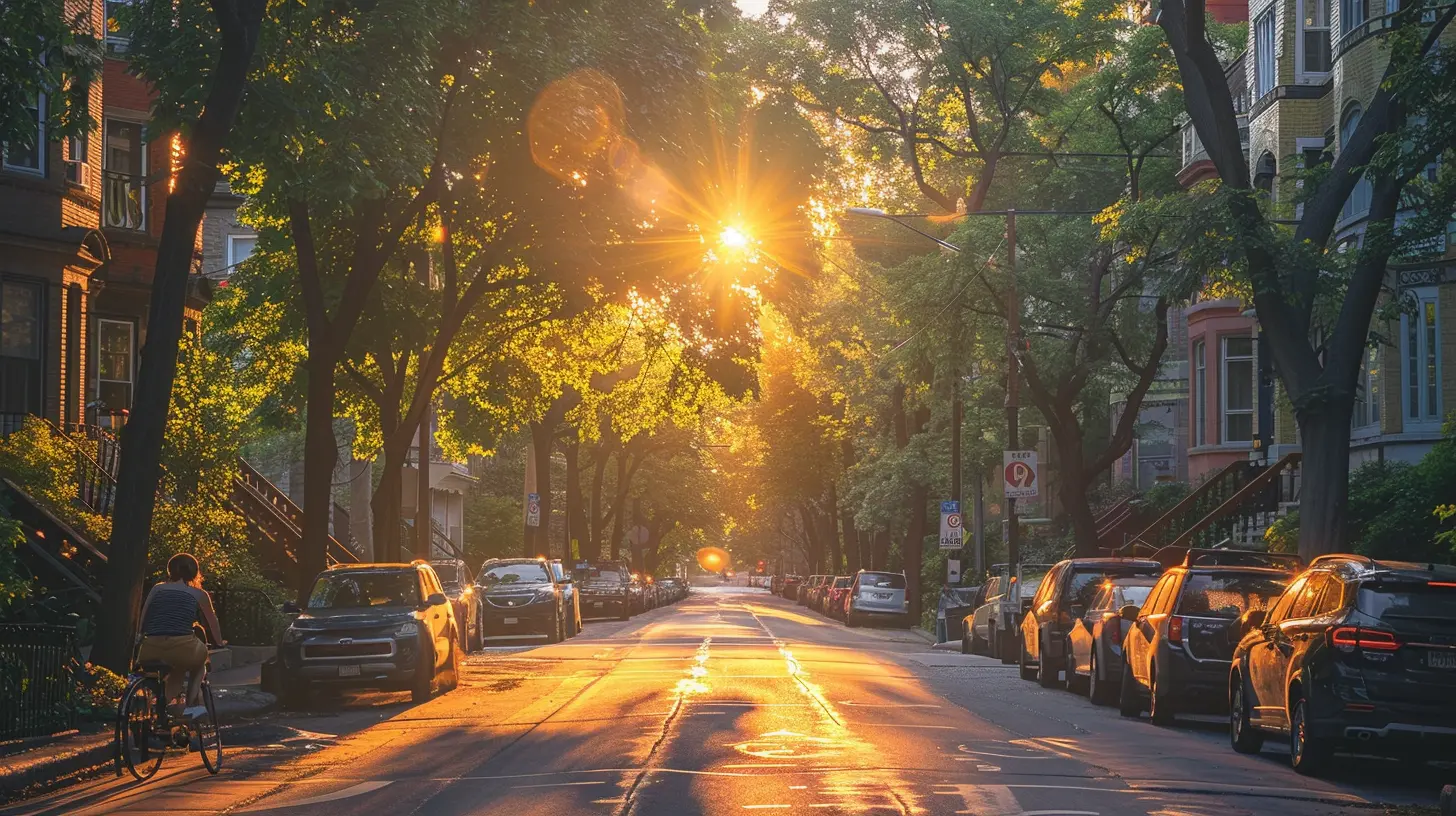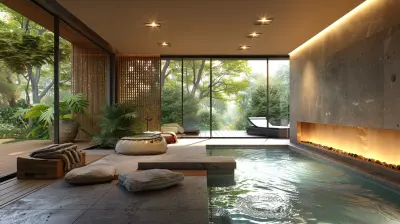The Impact of Bike Lanes on Urban Property Values
6 July 2025
Over the last decade, bike lanes have become a hot topic in urban planning. They're popping up in cities everywhere, and people can't stop debating their impact. Love them or hate them, bike lanes aren’t going anywhere soon. But here’s a question worth asking—how do bike lanes affect urban property values? If you’re a homeowner, investor, or someone just curious about the intersection of city planning and real estate, this question is worth diving into. Let’s break it down, shall we?
What Are Bike Lanes and Why Do They Matter?
At their core, bike lanes are designated spaces on roads for bicyclists. Some are painted lanes, others are separated by barriers, but the goal is the same—to give people on bikes a safe space to ride. Sounds simple, right? Yet, their installation has a ripple effect across cities.Bike lanes symbolize more than just a few painted lines on asphalt. They reflect a shift in how we think about transportation, sustainability, and urban living. Cities are realizing that biking isn’t just trendy—it’s practical. It reduces traffic congestion, supports eco-friendly commuting, and even improves public health. But what does all this mean for real estate?
The Draw of Bike-Friendly Neighborhoods
Picture this: a bustling urban neighborhood with tree-lined streets, vibrant local businesses, and—you guessed it—bike lanes weaving through. Doesn't that sound appealing? Turns out, a lot of people think so.1. Appeal to Millennials and Gen Z
Millennials and Gen Z prioritize convenience and sustainability. They’re ditching car ownership for bikes, scooters, and public transit. Living in a bike-friendly area is a lifestyle perk, and they’re willing to pay more for it. Bike lanes make neighborhoods accessible, eco-conscious, and healthier—tick, tick, tick!2. Rising Walkability Scores
You’ve probably heard of walkability scores, right? Well, bike lanes are like the best friend to walkable neighborhoods. The two go hand in hand. High walkability and bikeability scores create a vibe: think coffee shops, farmer’s markets, and yoga studios—all within biking distance. And when neighborhoods are trendy, property values rise.
How Bike Lanes Improve Property Values
Let’s talk numbers. While the exact impact varies by city and neighborhood, studies consistently show that bike lanes have a positive effect on property values. Why? There are a few key reasons:1. Enhanced Accessibility
Bike lanes connect neighborhoods. They provide easy access to parks, schools, and downtown areas, which makes life more convenient for residents. And convenience? That’s priceless. When potential buyers or renters see bike lanes, they envision fewer headaches over parking or traffic—huge selling points.2. Safer Streets
Bike lanes often come with traffic-calming measures like narrowing roads or adding speed bumps. This makes streets safer for everyone—not just bikers but also pedestrians and drivers. Safer streets? Big win for urban families. And safer streets tend to boost demand for nearby homes, pushing up property prices.3. Local Business Boost
Bike lanes don’t just benefit residents—they’re great for local businesses too. Cyclists are more likely than drivers to stop by local shops and cafes. Thriving businesses make neighborhoods more dynamic and desirable, which naturally lifts property values. It’s a win-win.
The Pushback: Why Some People Aren’t Fans of Bike Lanes
But let’s not ignore the elephant in the room—bike lanes aren’t universally loved. Some folks argue they take away parking spots, create traffic bottlenecks, and are a waste of public funds. Others fear gentrification, worried that rising property values will make neighborhoods unaffordable for long-time residents.So, are these critiques valid? Well, partially. Cities must balance the benefits of bike lanes with the concerns of current residents. Community involvement and transparent planning can reduce friction, keeping neighborhoods inclusive while still reaping the rewards of bike-friendly infrastructure.
Examples of Cities That Got It Right
Want proof that bike lanes work? Let’s check out a couple of case studies:1. Portland, Oregon
Portland is a poster child for bike-friendly cities. Over the years, it has invested heavily in bike infrastructure, and the results are clear: neighborhoods with bike lanes see higher property values compared to those without. Plus, local business revenues have increased in bike-heavy areas.2. Minneapolis, Minnesota
Minneapolis is another shining example. The Midtown Greenway, a 5.5-mile bike trail, dramatically increased property values in the surrounding neighborhoods. Homes near the Greenway are often priced higher because of the accessibility and lifestyle perks the trail offers.What Does the Future Hold for Urban Real Estate?
As cities continue to embrace sustainability, we’re likely to see even more bike lanes. Urban planners are prioritizing livability. And let’s face it—bike-friendly neighborhoods check a lot of boxes.From a real estate perspective? Investing in a home near bike lanes could be a smart move. As demand for environmentally friendly, convenient, and safe neighborhoods grows, so will property values in bikeable areas.
Tips for Home Buyers and Investors
If you’re considering buying property in an urban area, pay attention to bike lanes. Here are a few tips to keep in mind:- Do Your Homework: Research how bike lanes have impacted property values in your city. Not all areas experience the same growth.
- Think Long-Term: Even if your area hasn’t seen a bike-friendly boom yet, trends suggest it’s coming. Getting in early could mean significant gains down the road.
- Look for Complementary Features: Bike lanes are great, but they’re even better when paired with good schools, nearby parks, and public transit. Focus on neighborhoods that strike the perfect balance.
Wrapping It All Up
So, what’s the takeaway? Bike lanes do more than just make biking safer—they transform neighborhoods. They attract younger buyers, boost local businesses, and make areas more accessible and safe. And all of this contributes to rising property values. Of course, bike lanes aren’t perfect, and they come with some challenges. But when done right? The benefits far outweigh the downsides.As urban living continues to evolve, bike lanes are becoming a must-have—both for cities and for people looking to invest in real estate. So, whether you’re a homeowner, a renter, or a real-estate investor, keeping an eye on bike lanes might just lead you to your next big win.
all images in this post were generated using AI tools
Category:
Urban LivingAuthor:

Lydia Hodge
Discussion
rate this article
2 comments
Elidi Evans
Bike lanes transform urban landscapes, enhancing property values and fostering sustainable community growth.
October 29, 2025 at 5:26 AM

Lydia Hodge
Thank you for your insightful comment! I agree that bike lanes not only enhance urban aesthetics but also contribute to property value increases and promote sustainable growth within communities.
Faye McMillen
This article highlights an often-overlooked aspect of urban development. Bike lanes not only promote healthier lifestyles but also increase property values by enhancing accessibility and community appeal. It’s crucial for city planners and developers to consider these factors in future projects. Great insights!
July 13, 2025 at 4:56 AM

Lydia Hodge
Thank you for your thoughtful comment! I'm glad you found the article insightful. It's essential for urban development to prioritize both health and property value through sustainable infrastructure like bike lanes.


